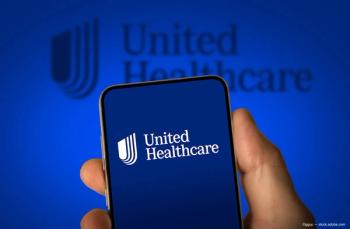
Advocating to MACs on behalf of your patients
In light of newly published fee schedules that include low payment rates for LipiFlow, Cynthia Matossian, MD, FACS, ABES, advises on how eyecare professionals should advocate for their patients and practices.
Editor's note: The views expressed in this blog are those of their respective contributor and do not represent the views of Ophthalmology Times® or MJH Life Sciences.
As I wrote about in
While this isn’t cause for immediate alarm—given that there is no formal coverage policy for LipiFlow—I am still concerned by the low rate set by my regional MAC,
Novitas processes Medicare claims in New Jersey and Pennsylvania (where I practice), as well as Maryland and the Washington D.C. metro area. I wrote to the medical directors of Novitas to urge them to reconsider the rate they have set.
Related:
In my letter, I laid out the clinical rationale for treating meibomian gland dysfunction (MGD) with vectored thermal pulsation, and I detailed the time and direct and indirect costs involved in providing this treatment to patients. I explained that the activator alone costs 3-4 times what Novitas proposed in its fee schedule.
Importantly, as I mentioned in my last blog post, most MACs are not covering the procedure at all.
So, although I know this fee schedule doesn’t necessarily equate to coverage, I still want to be sure that if Novitas does approve a claim, it will get paid at a fair rate.
Otherwise, I am concerned that patient access will be limited by doctors’ fears of low payment. That would be a tremendous disservice to our patients with MGD.
Right now, we are concerned about LipiFlow—but the same thing could easily happen with other MGD treatments or other ophthalmic T codes or “unspecified” codes.
Related:
For this reason, I think it is important for physicians to get involved and advocate for the MACs to do the right thing.
Here are six steps we can take right now:
- Write or call your MAC medical directors
- Appeal any MGD treatment claims that do get paid at unfairly low rates, without formal coverage decisions
- Encourage patients to advocate for themselves, too. Medicare beneficiaries carry even more clout with the MACs than we do.
- Work with industry to re-set reimbursement rates for their products and services at appropriate levels
- Donate and lend your support to professional societies like AAO and ASCRS, who are fighting for doctors and for patient access.
- Talk to your billing and coding consultant about how to handle claims in the meantime
This is not the last time we’ll see problems with Medicare payment or coverage.Find out now how best to get involved and stay active in advocating for our patients and our practices.
Newsletter
Don’t miss out—get Ophthalmology Times updates on the latest clinical advancements and expert interviews, straight to your inbox.



















































.png)


